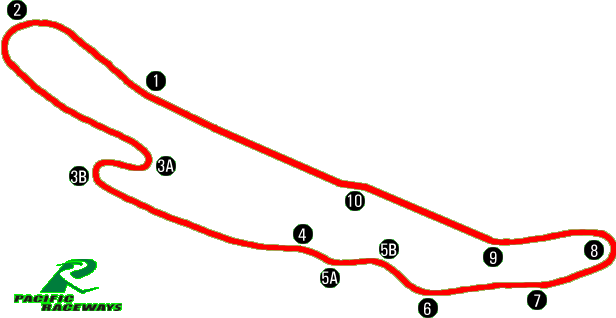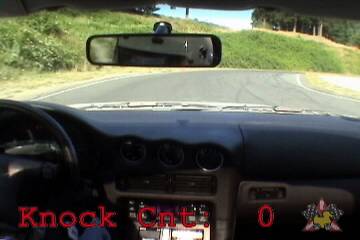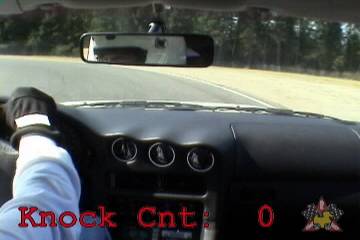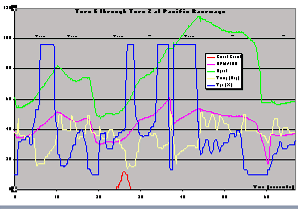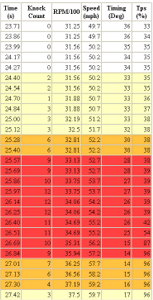Pictures and Video Highlights
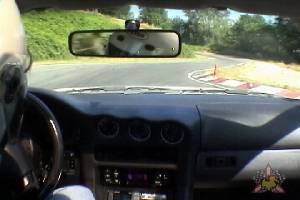
Session5Lap4.jpg (52KB) Small Video (360x240) (6183KB) Large Video (720x480) (33146KB) |
| This is the 4th lap of my last session. By this time, I knew the line pretty well and was getting smoother and more consistent. Probably one of my better laps. The video begins with my going down the end of the front "straight" between turns 10 and 1. |
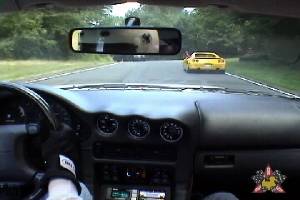
Session3Lap7.jpg (52KB) Small Video (360x240) (5911KB) Large Video (720x480) (34451KB) |
| I couldn't resist including this one... yeah the yellow car is a Ferrari. Maybe it's a faux pas to mention that I passed another car in a non-competitive event, but it's not every day that you get to drive by a Ferrari on a road course. On a more serious note, this was a decent lap while I was trying to hang with Scott in his Mini Cooper S. Scott and I were pretty close as far as lap times were concerned, so it was fun to follow him. I picked up a few things by watching his lines and stuck pretty close for most of that session. Afterwards, we talked for a bit in the pits and decided that I'd lead for the next session. He stayed on my tail for pretty much the whole session, but he said that I wasn't stifling him. It's a whole different experience when you know you have somebody constantly sitting in your rear view mirror rather than trying to catch the guy in front of you :-) Thanks for the friendly encouragement (not to be confused with competition, as this was a non-competitive event!), Scott, and hope to see you there next time! For reference, the video begins with the entry into turn 9. |
